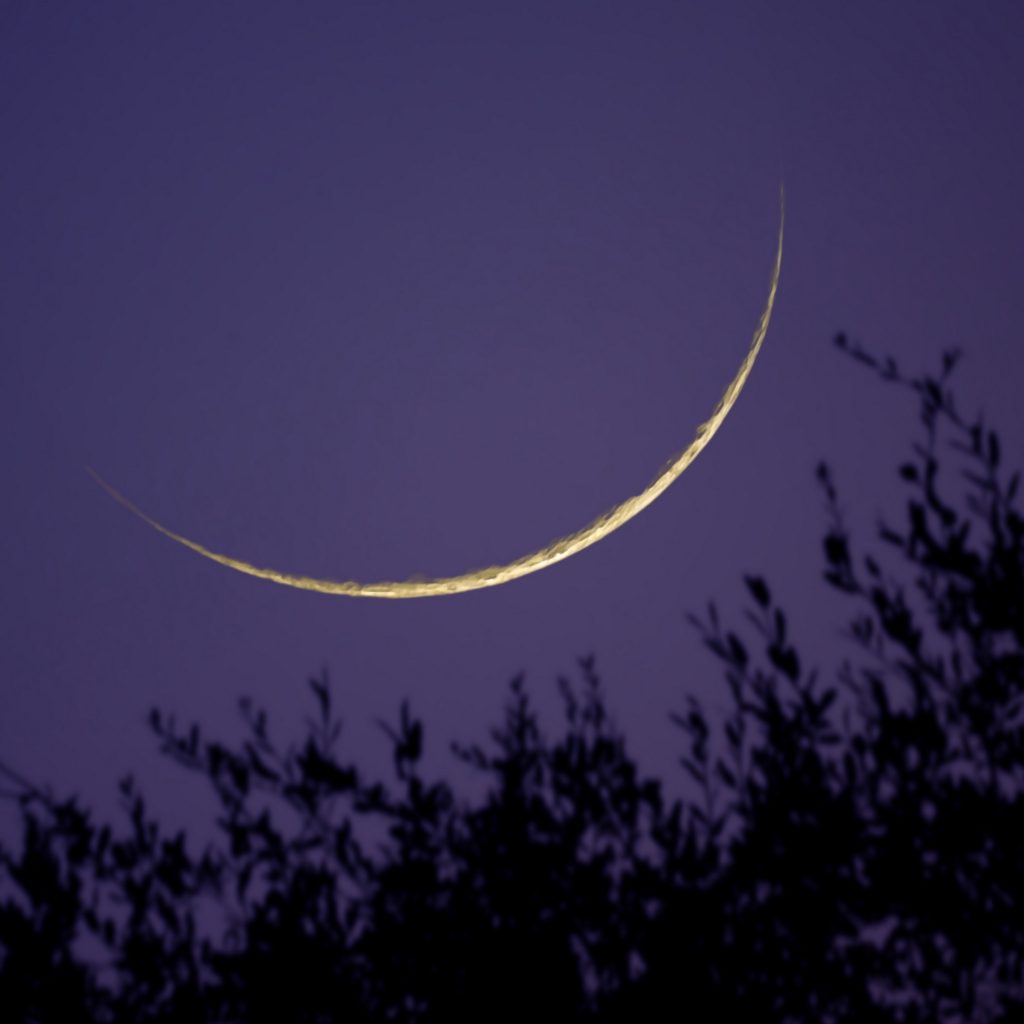Sky Report: March 15 – March 21

Starting with planets, you’ll find one in the evening sky and two in the morning. Mars remains the sole planet visible after sunset, and it sits half-way up the western sky as the sky grows dark, in the constellation Taurus. Mars has been in the sky since November 2019 and you’ll still see it in the evening until this July, and the reason it remains in our night sky so long is that the earth and Mars are both traveling in the same direction at similar speeds, so it takes months for the earth to overtake and pass slower-moving Mars. But once we lose it, it will take months for it to reappear from behind the sun, for the same reason.
The moon is approximately between the Pleiades and Hyades star clusters in Taurus on the night of the 18th and only 3½° from Mars on the 19th, close enough to see them both together in binoculars.
Jupiter and Saturn are very low in the southeast in morning twilight. Jupiter is by far the brighter of the two while Saturn is 10° to the upper right of Jupiter and 1/13th as bright.
Spring begins at 3:37 am MDT on the morning of the 20th. There’s nothing to see at this spring, or vernal, equinox, but you do experience it: on the two equinoxes the sun rises due east and sets due west and the days and nights are each 12 hours long. (“Equinox” comes from Latin for “equal night”.) It’s also the day when the sun crosses the earth’s equator; on this day, on the equator, the sun stands directly overhead at local noon. For the last six months the sun has risen and set south of east and west; now it rises and sets north of east and west, the days are longer than the nights, and the sun takes a higher path across our sky. From the North Pole this is when the sun sets and from the South Pole it’s when the sun rises. The situation is reversed in the Southern Hemisphere where this is their autumnal equinox and the first day of fall.
The moon is new on the 13th. How soon after new moon can you see it? On Sunday the 14th it sets 84 minutes after the sun and is the slimmest of crescents; good luck. Try the next night and use binoculars.
The Sky Report is presented as a public service by the Stellar Vista Observatory, a nonprofit organization based in Kanab, Utah, which provides opportunities for people to observe, appreciate, and comprehend our starry night sky. Additional information is at www.stellarvistaobservatory.org. Send questions and comments to
John@StargazingAdventures.org.






Comments are closed.